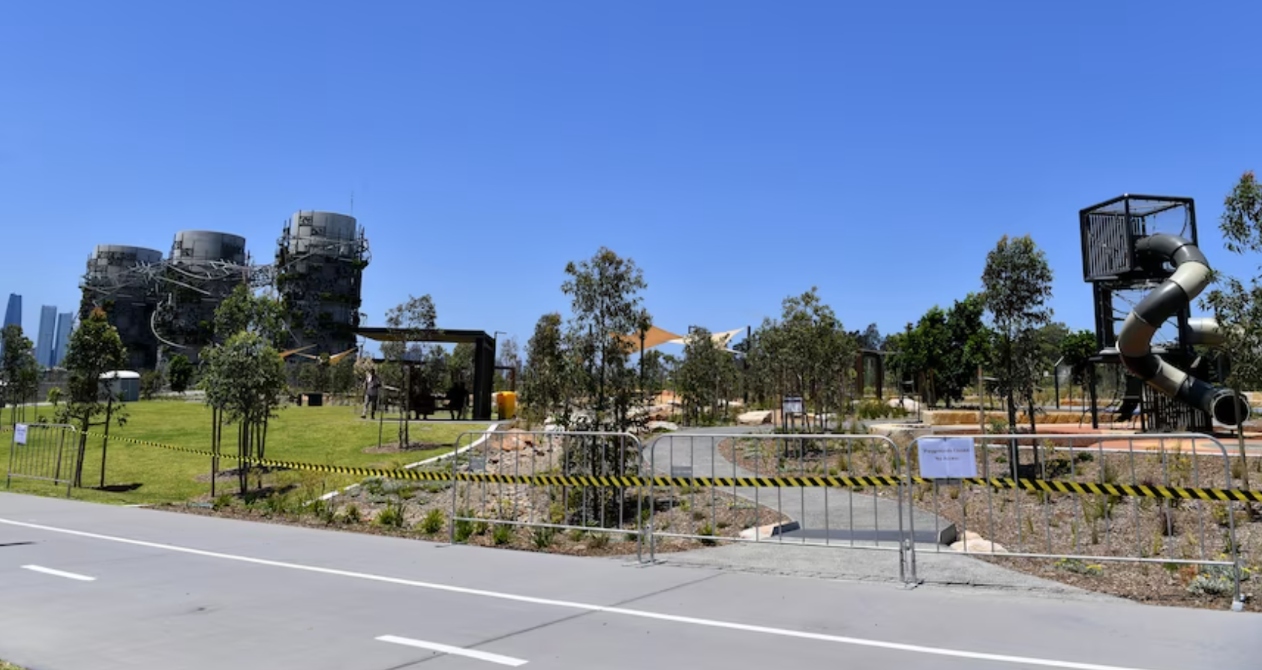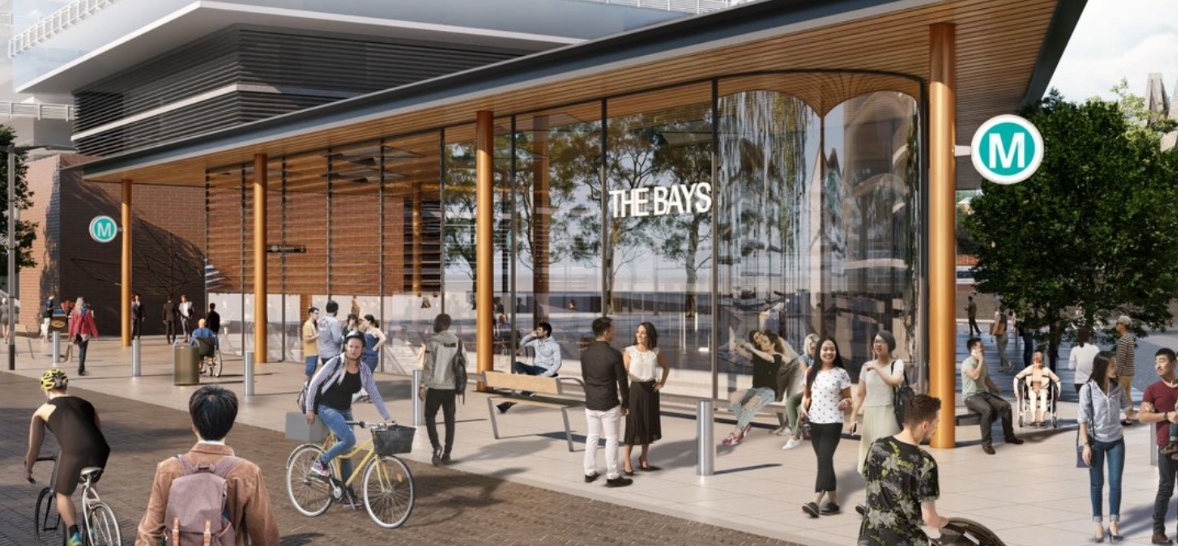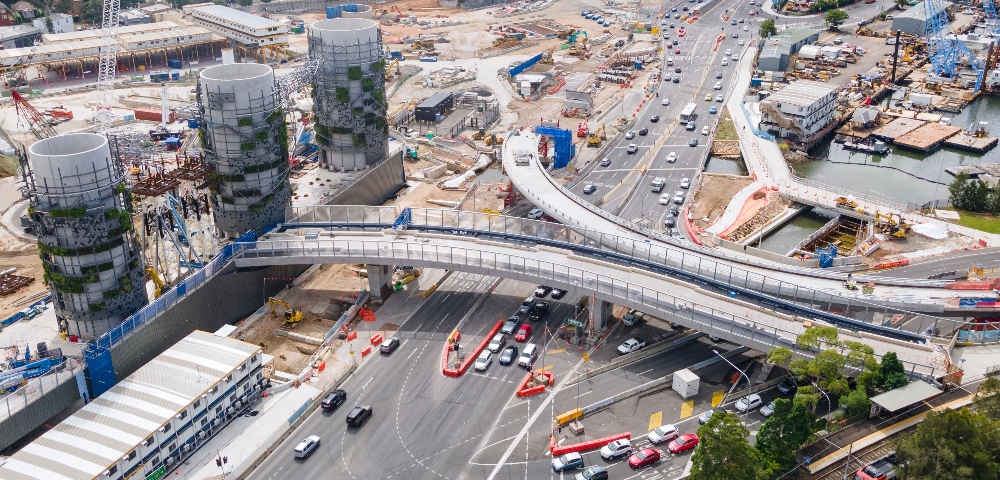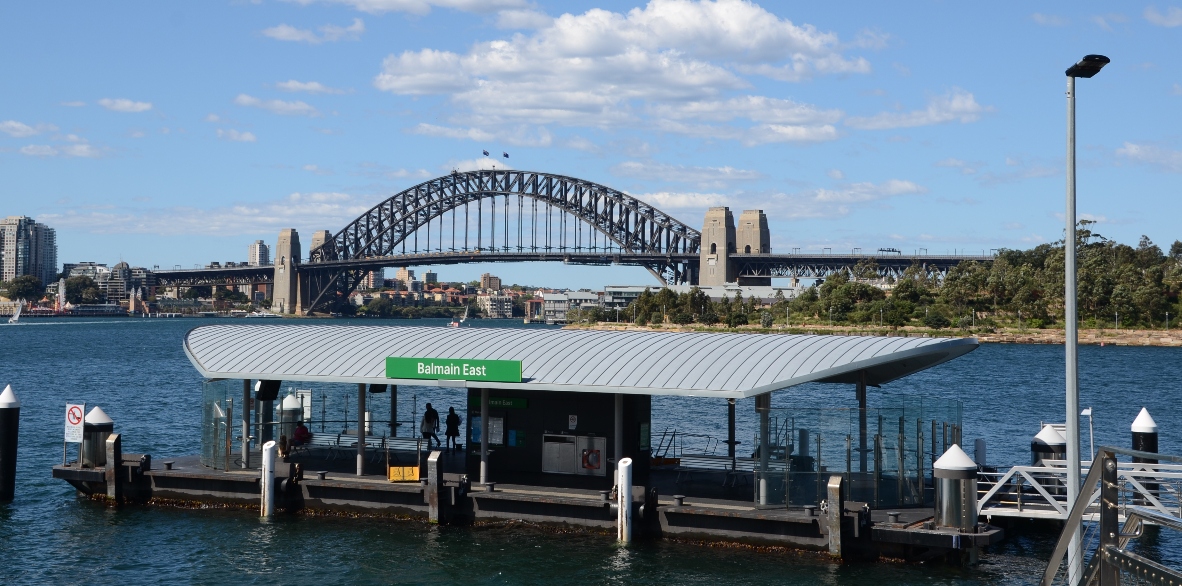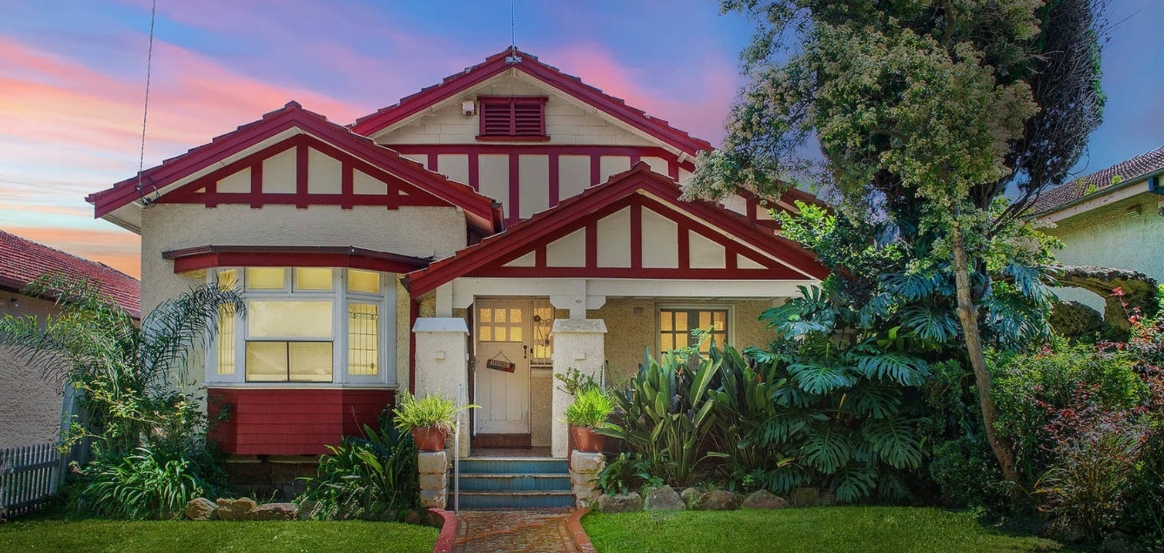
Finding safe harbour

BY MICK DALEY
Sydney Harbour’s reputation as one of the finest in the world owes everything to its superb geographical advantages. But a working harbour requires infrastructure, and from post-Invasion to post-reality, commercial shipping and recreational boaters depend upon the wharves and safe waterways that enable every aspect of maritime endeavour.
Ex-mayor of Leichardt and inner-West activist Maire Sheehan says that unhinged development is endangering the nuts and bolts infrastructure of Sydney’s working harbour, part of an agenda by successive state governments to gentrify the harbour into a purely tourism and residential amenity.
She says that this began with the staging of the Olympics in 2000, when pontoons and marinas were scattered around the harbour to facilitate wealthy visitors.
“Those pontoons were built for luxury super yachts whose owners were unlikely to be locals. The story at the time was that they’d be temporary but of course it’s not temporary, it’s permanent.”
Sheehan says that such creeping developments are marginalizing the essential services provided by established industries and pose a real risk to the continued viability of the working harbour.
Waterway Constructions in Rozelle Bay have been a part of that industry in Sydney for 25 years. They build and maintain wharf infrastructure around the harbour, as well as in other Australian ports. Employing 180 people around the country, they’re a vital part of the maritime community.
Mal Hiley, a founding director of the company, agrees that working wharves are vital to the functional capacity of the harbour.
“It’s an essential service and you need a location which is sufficiently close to the centre of the city for emergency response in the event that a ferry hits a wharf or whatever else. So there needs to be space for working harbour activities.”
Hiley says that government departments have generally been sympathetic to this requirement, but that it’s an ongoing task to ensure that vigilance.
“Development around the harbour is clearly reducing opportunities in the space for people like us, but we’ve been in consultation with the relevant government departments for many years and there would appear to be a good level of understanding of the requirements for waterfront contractors and working harbour activities. But there’s always a risk that people don’t fully appreciate the space that’s required, so there is a pressure and a concern. You can’t be complacent. It’s a question of being constantly vigilant and expressing our position.”
Sheehan says that the Urban Growth Development Corporation (UGDC), the group charged with ‘managing and securing the orderly economic development of five Growth Centres (including the Bays Precinct) across metropolitan Sydney’, has compounded risk.
The Bays Precinct comprises 5.5 kilometres of harbour frontage, including 95 hectares of mostly government-owned land and 94 hectares of waterways in Sydney Harbour.
UGDC’s online literature assures the public they’re carrying out their charter with all the highest environmental, public transport and business motives in mind.
Last year they instituted an online survey to canvas public opinion on the requirements for a responsible harbour development. They claimed the results would inform their impending ‘master plan’, but these have not yet been released and the website appears to be touting a well-formed and pre-approved vision for the future;
“The Bays Precinct will transform over the next 20 to 30 years into a bustling hub of enterprise, activity and beautiful spaces.”
Sheehan says UGDC’s vision for the Bays Precinct emphasises tourism and housing over the working harbour.
She’s been quoted as saying that the community have been finding UGDC’s data “inaccurate” and they’ve been left to make assumptions, such as whether or not there is a need for more schools and other facilities.
“What they talk about is turning the harbour into a tourist destination, a tech hub as the main focus and in various sites residential developments,” she told the City Hub. “They’re moving the fish markets to the head of the bay and their plan is for three or so residential towers there.
“It’s a shift from being a real working harbor, in terms of providing services, to becoming a recreational harbour.”
Sheehan says that community action is needed to support the work of industries such as Waterways, which are an integral part of the community infrastructure as well as the working harbour.
“Waterways has been part of the community for years. They have a respected apprenticeship programme and a history of collaborating with high schools in the area. They’re part of the community. They’re not an industry that blows in and blows out.
“Our working harbour has gradually been eroded. The last remaining parts of it are in Rozelle Bay, but they are the remnants of the old working harbour and Waterways are the longest standing.”




